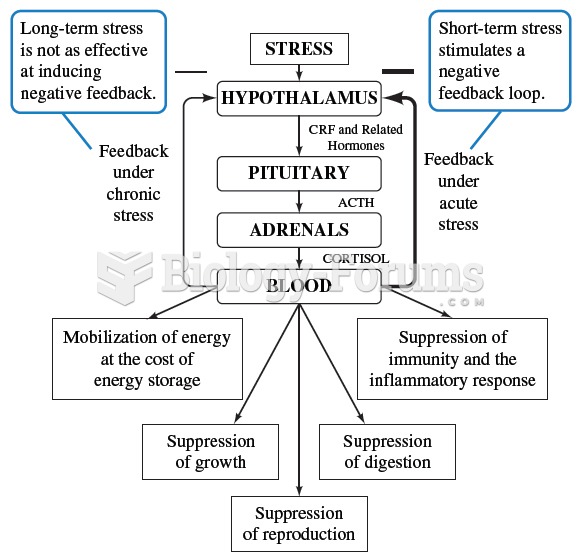|
|
|
Did you know?
To combat osteoporosis, changes in lifestyle and diet are recommended. At-risk patients should include 1,200 to 1,500 mg of calcium daily either via dietary means or with supplements.
Did you know?
On average, the stomach produces 2 L of hydrochloric acid per day.
Did you know?
Everyone has one nostril that is larger than the other.
Did you know?
Approximately one in four people diagnosed with diabetes will develop foot problems. Of these, about one-third will require lower extremity amputation.
Did you know?
Earwax has antimicrobial properties that reduce the viability of bacteria and fungus in the human ear.







